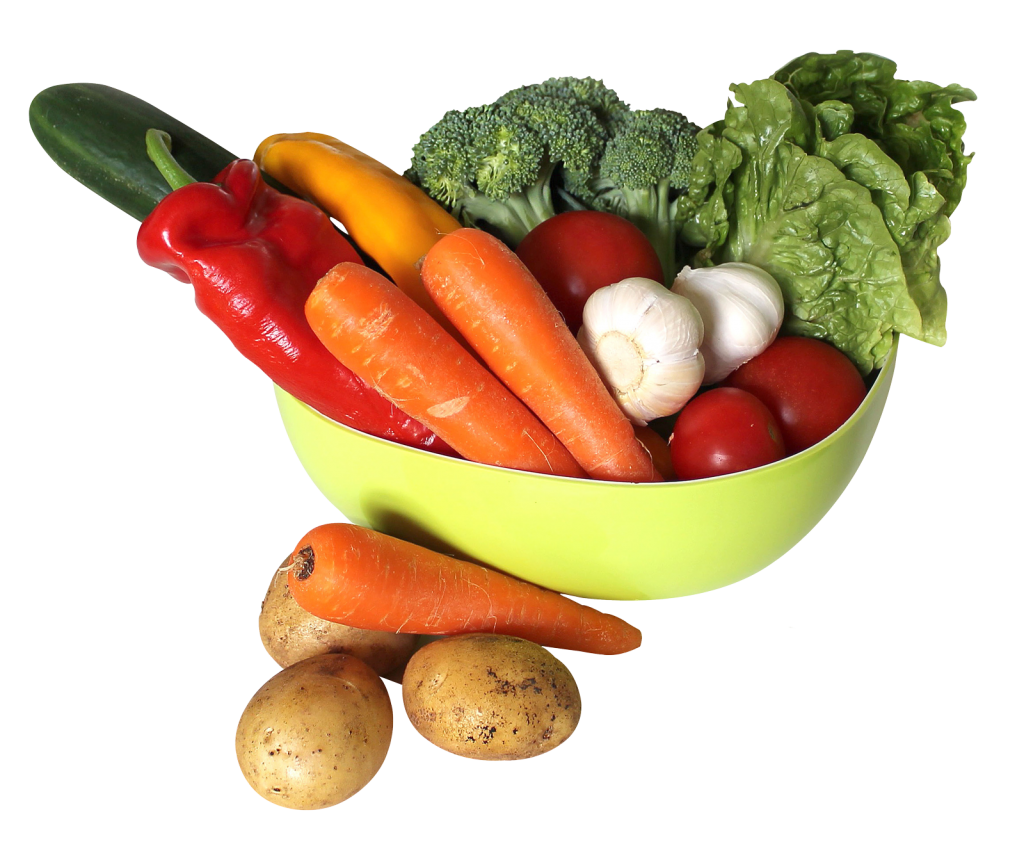What are polyphenols
Phenolic compounds are a large group of naturally occurring compounds found in many plant-based foods, including fruits, vegetables, nuts, seeds, and whole grains. They are also found in beverages such as coffee, tea, and wine.
Phenolic and polyphenolic compounds are phytochemicals and can be extracted and presented as nutraceuticals.

Phenolic compounds are known for their antioxidant properties, meaning they can help protect the body against cellular damage caused by harmful molecules known as free radicals. This cellular damage can contribute to the development of various chronic diseases, such as cancer, cardiovascular disease, and neurodegenerative disorders.
Some of the most well-known phenolic compounds include flavonoids, anthocyanins, catechins, and resveratrol. These compounds are believed to have various health benefits, such as reducing inflammation, improving cardiovascular health, and potentially reducing the risk of certain types of cancer.

Dietary sources of polyphenols
Polyphenols are found in a variety of plant-based foods, including:
- Fruits: Berries, such as blueberries, raspberries, and blackberries, are high in polyphenols, as are apples, cherries, and grapes.
- Vegetables: Dark, leafy greens, such as kale and spinach, are rich in polyphenols, as are garlic, onions, and carrots.
- Nuts and seeds: Walnuts, almonds, and flaxseeds are good sources of polyphenols.
- Whole grains: Whole grain foods, such as whole wheat bread, brown rice, and oatmeal, are rich in polyphenols.
- Tea: Both green and black teas are high in polyphenols, particularly catechins.
- Wine: Red wine, in particular, is rich in polyphenols, including resveratrol.
- Herbs and spices: Some herbs and spices, such as rosemary, thyme, and turmeric, are rich in polyphenols.
Food safety knowledge is for all!

Every consumer deserves to have high quality and safe food. …Read more!

Research area: It’s important to note that the type and amount of polyphenols in foods can vary depending on a number of factors, including the variety of the plant, the soil and climate in which it was grown, and the processing and storage methods used. There is need for reasearch to establish quantities as wellas quality and safety of these substances.
List of polyphenols, their sources and health benefits:
- Anthocyanins: These are polyphenols found in brightly colored fruits and vegetables, such as blueberries, raspberries, and red grapes. They are known for their strong antioxidant properties and are believed to help protect against cardiovascular disease and certain types of cancer.
- Catechins: These are polyphenols found in green tea, as well as in other fruits and vegetables. They are known for their antioxidant and anti-inflammatory properties, and are believed to help protect against cardiovascular disease and certain types of cancer.
- Flavonols: These are polyphenols found in a variety of fruits and vegetables, including onions, apples, and broccoli. They are known for their antioxidant properties, and are believed to help protect against cardiovascular disease and certain types of cancer.
- Proanthocyanidins: These are polyphenols found in certain fruits, such as cranberries, as well as in red wine and chocolate. They are known for their strong antioxidant properties, and are believed to help protect against cardiovascular disease and certain types of cancer.
- Resveratrol: This is a polyphenol found in red wine, as well as in certain fruits and nuts. It is known for its antioxidant and anti-inflammatory properties, and is believed to help protect against cardiovascular disease and certain types of cancer, as well as to have anti-aging effects.
- Quercetin: This is a polyphenol found in a variety of fruits and vegetables, including apples, onions, and leafy greens. It is known for its strong antioxidant and anti-inflammatory properties, and is believed to help protect against cardiovascular disease and certain types of cancer.
- Curcumin: This is a polyphenol found in turmeric, a spice commonly used in Indian and Middle Eastern cooking. It is known for its strong antioxidant and anti-inflammatory properties, and is believed to have potential health benefits for a variety of conditions, including arthritis, heart disease, and certain types of cancer.

- Epigallocatechin gallate (EGCG): This is a catechin found in green tea. It is known for its strong antioxidant and anti-inflammatory properties, and is believed to help protect against cardiovascular disease and certain types of cancer.
- Kaempferol: This is a flavonol found in a variety of fruits and vegetables, including apples, grapes, and broccoli. It is known for its antioxidant and anti-inflammatory properties, and is believed to have potential health benefits for a variety of conditions, including cardiovascular disease and certain types of cancer.
- Silymarin: This is a group of polyphenols found in milk thistle, a plant commonly used for medicinal purposes. It is known for its strong antioxidant and anti-inflammatory properties, and is believed to have potential health benefits for liver function and certain types of liver disease.
- Vanillic acid: This is a polyphenol found in a variety of foods, including vanilla, blueberries, and peanuts. It is known for its antioxidant and anti-inflammatory properties, and is believed to have potential health benefits for a variety of conditions, including cardiovascular disease and certain types of cancer.
- Capsaicin: This is a polyphenol found in chili peppers. It is known for its strong anti-inflammatory properties, and is believed to have potential health benefits for a variety of conditions, including pain relief, cardiovascular disease, and certain types of cancer.
Our Blog ↗
Read the latest from our blog
Ask a Question ↗
Ask a question and get answers from our community
Give Feedback ↗
We value your feedback.

